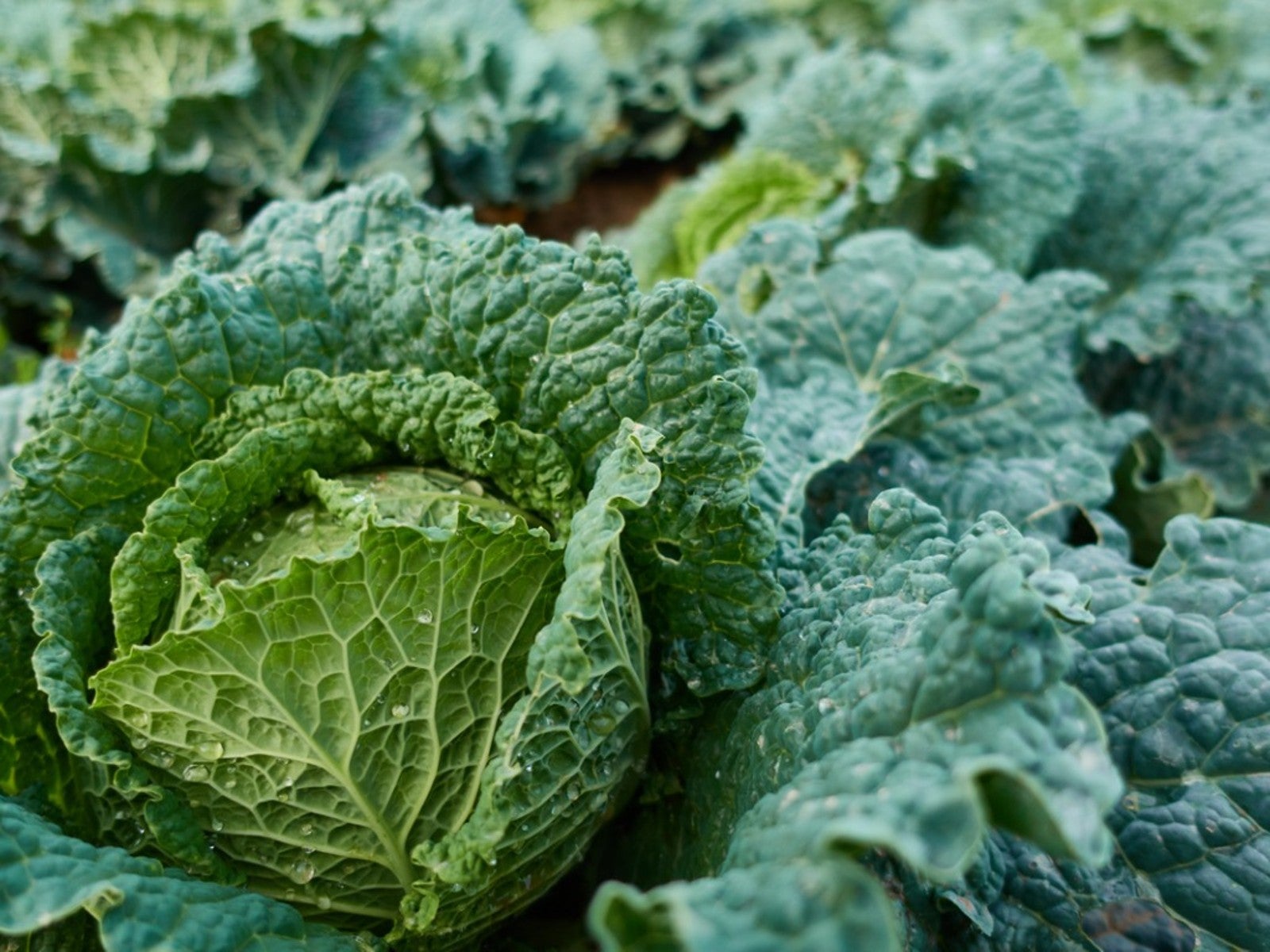
Savoy cabbage might not be the first veggie that comes to mind, but it’s packed with surprises. Ever wondered why chefs love it? Savoy cabbage has a unique texture and flavor that sets it apart from other cabbages. Its crinkly leaves aren't just for show; they hold sauces and dressings better, making every bite delicious. Plus, it’s a nutritional powerhouse, loaded with vitamins C and K, fiber, and antioxidants. Whether you’re a seasoned cook or just starting out, adding Savoy cabbage to your meals can elevate your dishes. Ready to learn more? Here are 25 facts that will make you see this humble vegetable in a whole new light.
Key Takeaways:
- Savoy cabbage is a crinkly, green vegetable packed with vitamins and fiber. It's great for your heart, bones, and immune system, and can be used in salads, soups, and stir-fries.
- You can grow your own Savoy cabbage in cool climates with well-drained soil. It has a long shelf life and can be enjoyed raw, cooked, or fermented for extra flavor and nutrients.
What is Savoy Cabbage?
Savoy cabbage is a type of cabbage known for its crinkled, lacy leaves and mild flavor. It’s a versatile vegetable that can be used in a variety of dishes. Here are some interesting facts about this leafy green.
-
Origin: Savoy cabbage originated in the Savoy region of France, which is how it got its name.
-
Appearance: Unlike regular cabbage, Savoy cabbage has wrinkled, curly leaves that are deep green.
-
Nutritional Value: It's packed with vitamins C and K, making it a nutritious addition to any meal.
-
Low in Calories: One cup of chopped Savoy cabbage contains only about 19 calories.
-
Rich in Fiber: This cabbage is high in dietary fiber, which aids in digestion.
Health Benefits of Savoy Cabbage
Savoy cabbage isn't just tasty; it's also incredibly good for you. Let's explore some of the health benefits it offers.
-
Antioxidants: It contains antioxidants that help fight free radicals in the body.
-
Anti-inflammatory: The vegetable has anti-inflammatory properties, which can help reduce inflammation.
-
Heart Health: Consuming Savoy cabbage can improve heart health by lowering cholesterol levels.
-
Bone Health: The high vitamin K content supports bone health and helps prevent osteoporosis.
-
Immune System: Vitamin C in Savoy cabbage boosts the immune system, helping to fend off illnesses.
Culinary Uses of Savoy Cabbage
Savoy cabbage is incredibly versatile in the kitchen. Here are some ways you can use it in your cooking.
-
Salads: Its crunchy texture makes it perfect for salads.
-
Soups: Add it to soups for extra flavor and nutrients.
-
Stir-fries: It works well in stir-fries due to its ability to retain texture.
-
Stuffed Cabbage: Use the leaves to make stuffed cabbage rolls.
-
Fermented: It can be fermented to make sauerkraut or kimchi.
Growing Savoy Cabbage
Interested in growing your own Savoy cabbage? Here are some facts to get you started.
-
Climate: It grows best in cool climates and can tolerate frost.
-
Soil: Prefers well-drained, fertile soil rich in organic matter.
-
Spacing: Plants should be spaced about 18 inches apart to allow for growth.
-
Watering: Requires consistent watering, especially during dry periods.
-
Harvesting: Ready to harvest when the heads are firm and feel solid.
Fun Facts About Savoy Cabbage
Here are some fun and lesser-known facts about Savoy cabbage that might surprise you.
-
Royal Favorite: It was a favorite vegetable of King Louis XIV of France.
-
Decorative: Its unique appearance makes it popular in ornamental gardening.
-
Long Shelf Life: When stored properly, it can last up to two weeks in the refrigerator.
-
Versatile: Can be eaten raw, cooked, or fermented.
-
Cultural Significance: In some cultures, it’s believed to bring good luck and prosperity.
The Final Crunch
Savoy cabbage isn't just another leafy green. Packed with vitamins and minerals, it’s a powerhouse for your diet. Its unique texture and mild flavor make it a versatile ingredient in many dishes. Whether you’re making soups, stir-fries, or salads, this cabbage adds a delightful crunch and nutritional boost. Plus, it’s low in calories but high in fiber, making it great for weight management.
Beyond the kitchen, savoy cabbage has a rich history and cultural significance, especially in European cuisine. It’s also relatively easy to grow, even for novice gardeners. So next time you’re at the grocery store, consider picking up a head of savoy cabbage. Your taste buds and body will thank you.
Embrace the crunch, savor the flavor, and enjoy all the benefits this humble vegetable has to offer.
Frequently Asked Questions
Was this page helpful?
Our commitment to delivering trustworthy and engaging content is at the heart of what we do. Each fact on our site is contributed by real users like you, bringing a wealth of diverse insights and information. To ensure the highest standards of accuracy and reliability, our dedicated editors meticulously review each submission. This process guarantees that the facts we share are not only fascinating but also credible. Trust in our commitment to quality and authenticity as you explore and learn with us.


